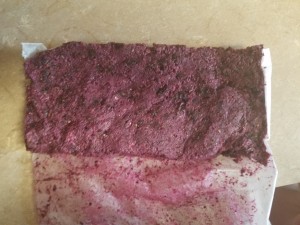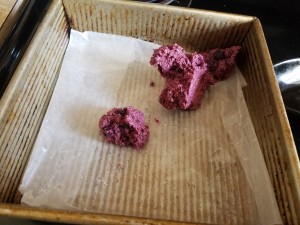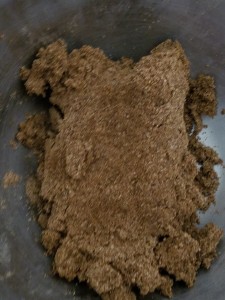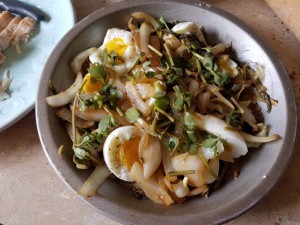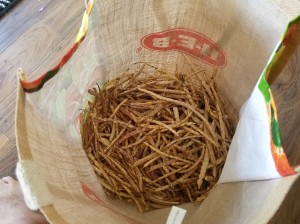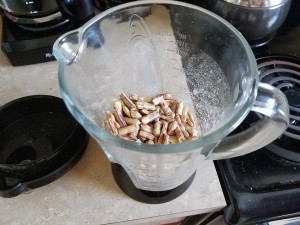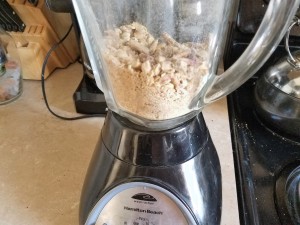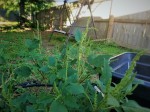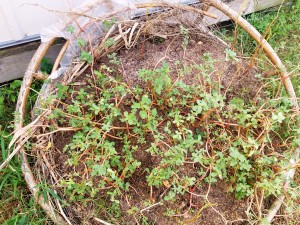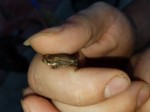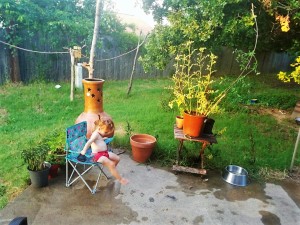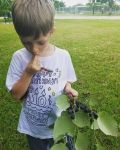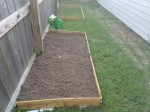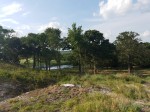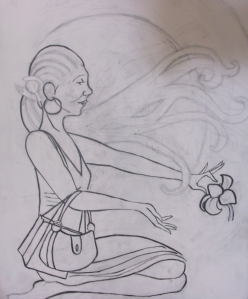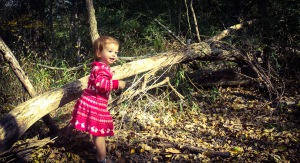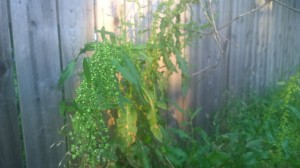Breaking news! There are candy bars in Nature! Yes, yummy, indulgent candy bars, growing right on the trees!
Maybe not quite….
These are based on all the different fruit and nut “paleo” energy bars you commonly find at the the grocery store. They’re amazingly simple to make and great snack for everyone!
For the base, we also used flour made from mesquite pods. Mesquites, for better or worse, are quite prolific here in Bryan, Texas, but their fruit are an amazing (and delicious!) food source. The other ingredients are flexible; you can use whatever fruit or nut you’d like. For us, we had a great blackberry harvest earlier this Spring, and we still have a lot of pecans left over from last Fall. You could also use grapes or strawberries instead, or almonds or other store-bought nuts too though.
Ingredients:
- 1 cup mesquite flour
- 1 cup chopped pecans
- 1/4 cup raisins
- 1/2 – 1 cup blackberries (flexible, depending on size, juiciness or if frozen)
First chop or break up the pecans. You can do this by hand or in a food processor. Next add all the ingredients into said processor. Pulse until the whole mixture is starting to pull away from the sides. If it doesn’t seem to be coming together very well, you can add some more berries or 1 tbsp. of water. In the end, the mixture should be very dense and not too moist. Remove it with a spatula from the processor and push it into an oiled square pan. Last, cover it with wax paper and refrigerate for 30 minutes. When they’re done, you can wrap individual portions or just pull some out whenever you’re hungry!
For more information on when, and where, you can find your own haul of local, wild blackberries, and what to do with ’em, check out their information page here! For information on making mesquite flour, and when and where to find mesquite trees, click here!

